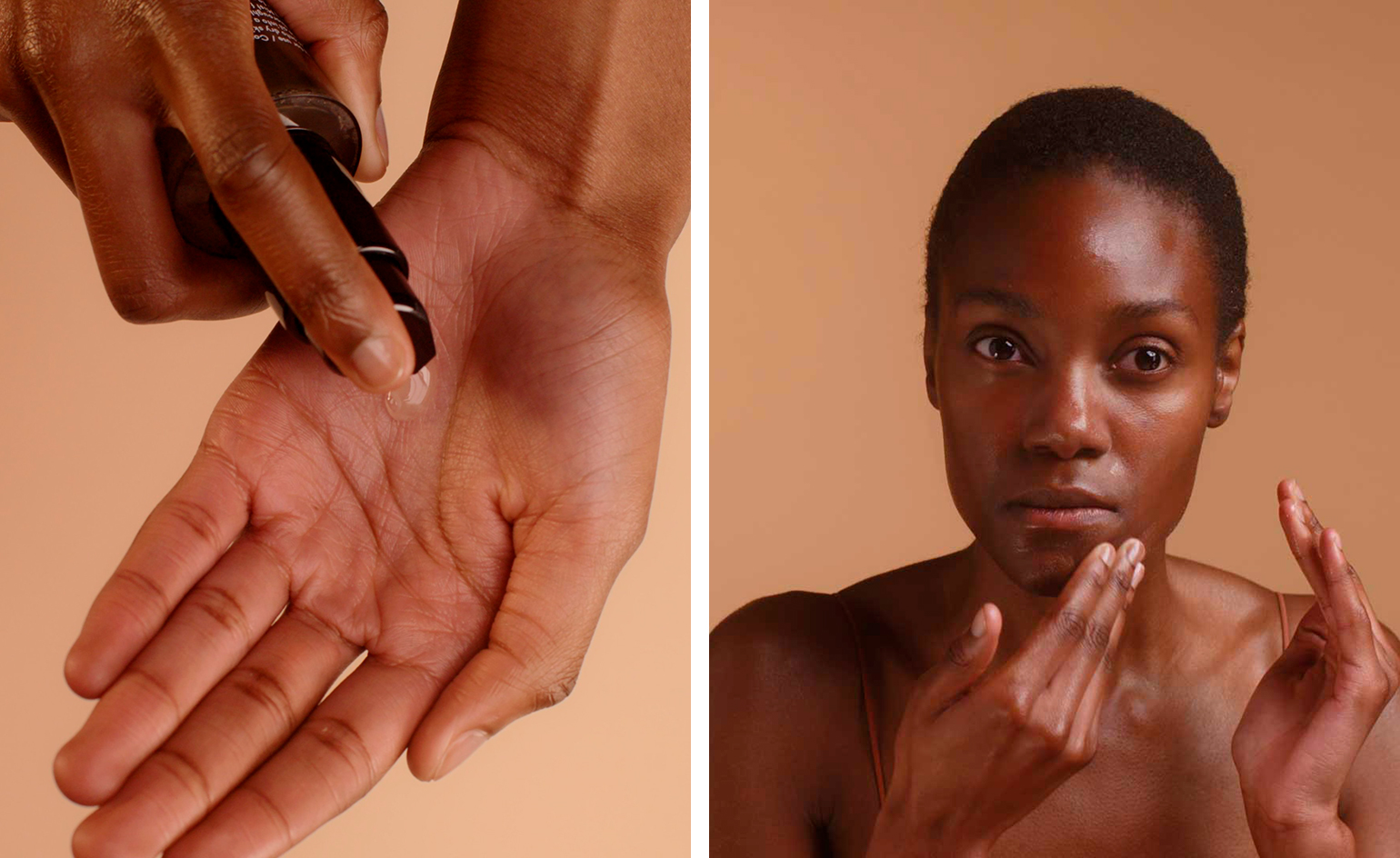How to treat hyperpigmented skin with Ozohu Adoh
The founder of Epara, the luxury skincare line for women of colour, explains how to treat hyperpigmented skin and avoid its occurrence

Hyperpigmentation is the appearance of darker patches on skin that can occur in a variety of forms – sunspots, melasma, acne scars – and for a variety of reasons.
Ozohu Adoh started her own skincare line, Epara, as in response to her own experience with eczema-induced hyperpigmentation. The brand blends African botanicals and scientific research to treat discolouration and excessive dryness in all skin types, with a particular focus on women of colour.

Portrait of Ozohu Adoh, founder of Epara skincare
Here, Adoh talks through the causes of hyperpigmentation and offers advice on how to treat it.
What causes hyperpigmentation?
Hyperpigmentation occurs in different ways and is caused by a variety of factors. You have melasma [blotchy brown or blue-grey spots], typically caused by hormonal changes; age spots, caused by sun exposure over time; post-inflammatory hyperpigmentation, often associated with acne spots or injuries and trauma to the skin. You can also have hyperpigmentation caused by a reaction to certain drugs and as a result of some medical conditions.
What steps can we take to avoid it?
For hyperpigmentation caused by exposure to harsh elements, it makes sense to ensure you are protected against the sun as much as is practicable by using SPFs, hats and protective clothing. For people with darker skin tones, who are generally more prone to suffering from vitamin D deficiency, I believe an SPF 30 is probably adequate.
For post-inflammatory hyperpigmentation, avoid picking acne and scabs. It is more difficult to avoid melasma, since it is hormonal and mostly temporary.
Once hyperpigmentation has appeared, what can we do to treat it?
Some hyperpigmentation will resolve over time but you can help the process by using safe restorative cosmetic creams. There are some slightly more invasive methods of getting rid of hyperpigmentation, and this should only be done after consultation with a qualified medical practitioner.

Are there any treatments that you suggest people avoid?
I personally prefer to gently get rid of hyperpigmentation using cosmetic creams that contain natural botanical actives. I feel this gentle method works with the natural restorative cycle of the skin. I would advise that people avoid harsh and dangerous chemicals, such as high levels of hydroquinone and mercury, which are found in some products and are illegal in many countries.
Receive our daily digest of inspiration, escapism and design stories from around the world direct to your inbox.
What ingredients does Epara use to combat hyperpigmentation and why do they work?
Epara products are made using butters and oils sourced mainly from African botanicals with very targeted, scientifically proven actives that help address hyperpigmentation and promote hydration in the skin.
Key actives that address hyperpigmentation in Epara products are licorice root extract and plankton extract. The plankton extract, in particular, acts to address just the areas on the skin where hyperpigmentation has occurred, without changing the basal melanin levels of unaffected areas.
Do you have any advice for those who are frustrated with their hyperpigmentation and feel it is having a negative impact on their self-esteem?
Absolutely. I was that person once. First, I ask that they adopt an attitude of patience and extra tenderness towards themselves.
Second, they should educate themselves in the cause of the hyperpigmentation they have and avoid exacerbating the situation. Finally, they should look for a gentle but effective product that will help resolve it.
INFORMATION
Mary Cleary is a writer based in London and New York. Previously beauty & grooming editor at Wallpaper*, she is now a contributing editor, alongside writing for various publications on all aspects of culture.